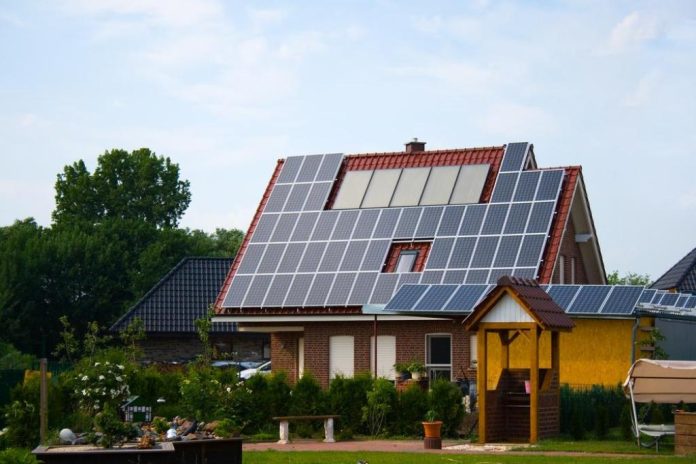A recent callout I received and a sometimes-underappreciated aspect of the solar system served as the basis for this week’s blog piece.
Jason called me on the phone. He had just had a brand-new 6.6 kw Solar Panel System at his home, and he was concerned that it wasn’t working as well as it should. Fortunately, we identified the cause before responding to the callout.
Jason and I discussed the numbers on the phone. His solar system has 6.6kW of panels and faces East and West without any shading difficulties. However, it only reaches its max output of just about 4500W. So what exactly was the issue? Why wasn’t Jason’s new solar panel system producing its intended 6600 watts of power?
The idea that your system would produce its highest power rating at peak times is widespread in the solar business. For Jason, 20 x 330W panels add out to 6600W. If solar salespeople have assured you that your system routinely achieves these numbers during peak hours, run…
Each solar panel’s rating represents the maximum amount of power you could generate under ideal circumstances. But in practice, it is not possible to achieve these figures.
This is why:
In the actual world, a system’s overall energy yield is impacted by a wide range of variables. These are the top six reasons:
Efficiency losses in solar panels – Each panel have a “power tolerance” loss of roughly 1% of its possible yield.
This one is substantial losses due to temperature, accounting for about 10% of anticipated system losses.
Dirt Derating Factors:
Indeed, even the microscopic layer of dust and dirt that develops on your solar panels a day after the installation has a negative impact. Usually, 5% or so. They shouldn’t be around birds or bats, either.
Losses in the wiring Another factor in panel power loss is the wiring between your solar panels and solar inverter. You will experience a 2% voltage drop due to the resistance in the cables, which will impact your power output.
The efficiency of the inverter:
The cost of converting the DC electricity produced by your solar panels into usable AC power is minimal. Depending on the brand and the inverter’s specs, the average is around the 4% level.
Panel Pitch and Azimuth:
In South East Queensland, panels pointed slightly west of true north and at a pitch of 27 degrees from flat is perfect, and you’ll lose very little power. But finding a roof that meets these requirements is as hard to come by as finding hens’ teeth, and you’ll see that any deviation from this will cause some loss, depending on the angle and pitch of the roof.
Therefore, by looking at Jason’s solar system, we can compute the amount of power the system is predicted to produce at peak periods using the above percentage losses.
We’ll see values close to those on the chart at the top of this post if we start with 6600W of generated electricity.
If you look a bit closer, you’ll also see that most 6.6kW solar systems come with a 5kW inverter. We are permitted to oversize our inverters by up to one-third, thanks to our excellent colleagues at Energex, which is fantastic since it allows us to produce more sooner and later in the day. Additionally, as you can see in the derating picture above, it’s unlikely that our systems will ever peak much higher than the inverter’s rating, so it makes sense.
After going through the figures with Jason, he felt confident that his solar system was operating as it should, and he is now enjoying a significant decrease in his costs each quarter.
It’s critical to consider these factors when developing and quoting jinko solar panel Brisbane installations throughout South East Queensland to determine predicted yields and payback times for our clients accurately.
You should take other (extremely essential) components of design into account in addition to the system derating variables, including:
Possibly problematic shading now and in the future (we can calculate this too – ask us how)
What supplier of power is ideal for each customer? (Hint: the plan with the greatest solar feed-in tariff isn’t always the best fit.)
The patterns of each client’s electricity use
Recommended system sizing considers predicted solar system output and usage patterns and Energex solar export restrictions.
When you first start researching solar, the whole process can be perplexing. But don’t worry; we have your back.
Trav and I have worked very hard for each of our clients to find the best possible solution. We evaluate all of the aspects above in addition to others. The best part, then? Only a click away from us!


